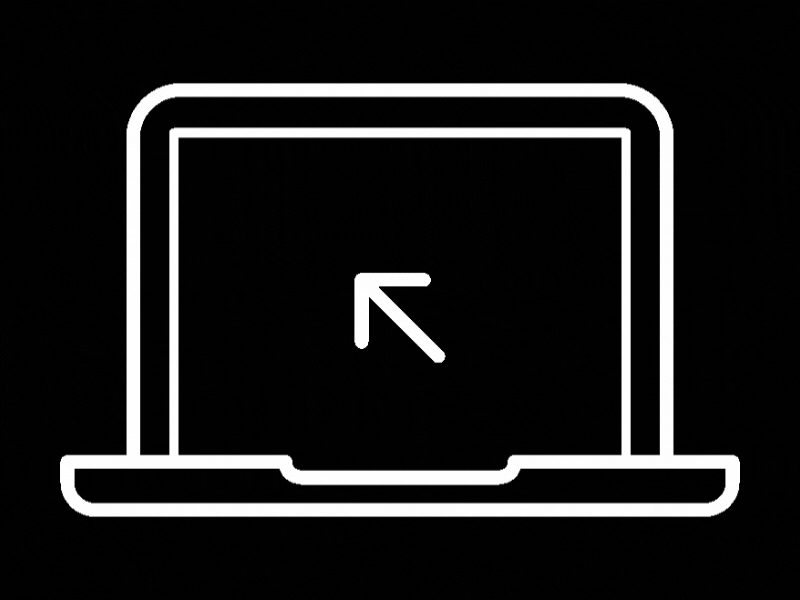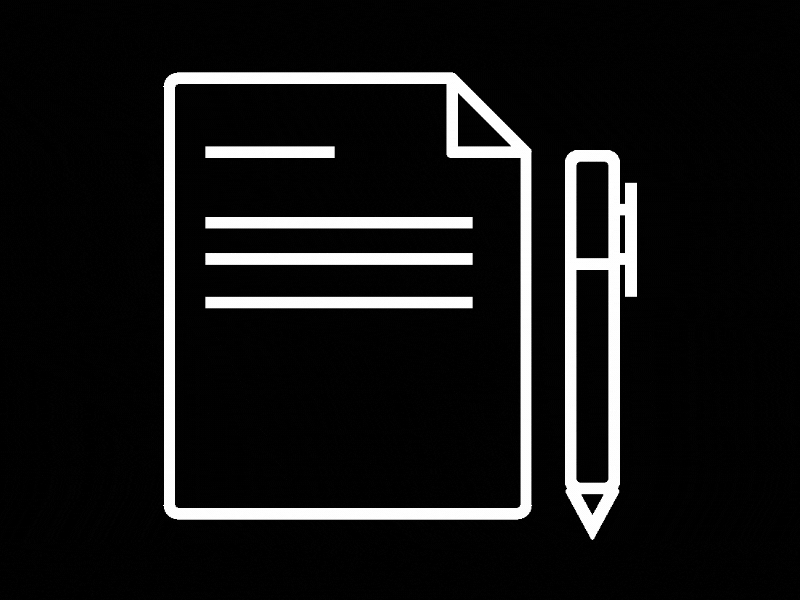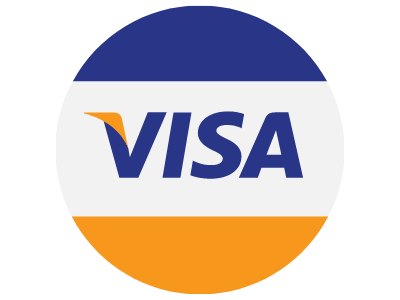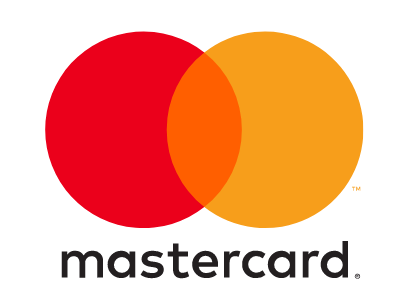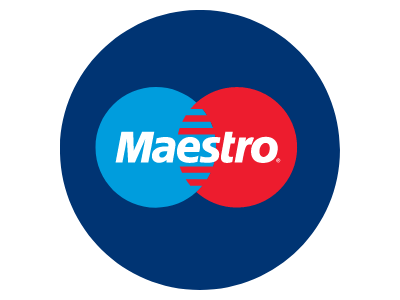CFD trading explained

Margin trading
For example, you buy 10 CFDs on Apple at a price of 302.64. Your initial outlay is $605.28 (due to the 5:1 margin). The value of Apple stock moves to 323.8, and you decide to sell at this value – a 21.16 point increase. The profit you have made from this trade is $211.60, calculated by multiplying the point increase with the number of contracts purchased.
Spread and commission
With CFD trading, you’re always offered two prices based on the value of the underlying instrument: the buy (bid) price and the sell (offer) price. The price to buy will always be higher than the current underlying value and the sell price will always be lower. The difference between these prices is called the spread.
Contract size
The contract size of a CFD depends on the underlying asset. For example, a share CFD implies 1 share. So, if you intend to trade 1,000 shares of Tesla using contracts for difference, you should buy 1,000 CFDs. Commodities are far more interesting from this perspective. The contract size of gold is a troy ounce. Soybean is traded in bushels. Coffee is traded in pounds, and so on.
Going long and short
When you open a CFD position, you select the number of contracts you would like to trade (buy or sell) and your profit will rise in line with each point the market moves in your favour. If you think the price of an asset will appreciate, then you would open a long (buy) position and profit if the market moves in line with your expectations. Conversely, if you think the price of an asset will depreciate, then you would open a short (sell) position and profit if the market moves in line with your expectations.
Going long with CFDs
For example, you think Apple shares are going to appreciate and you want to open a long position to profit from this opportunity. You purchase 100 CFDs on Apple shares at $160, so the total value of the trade will be $16,000. If Apple appreciated to $170, you make $10 per share, which is a $1000 profit. This is illustrated below.
Going short with CFDs
For example, you think that the Apple price will depreciate, and you want to profit from this movement. With CFDs you can open a short position (known as short-selling) and profit from a falling market. This time, let’s say, you decide to sell 100 CFDs on Apple at $170 per share, which then falls to $160 per share. You will have made a profit of $1000, or $10 per share.
Risk management: stops and limits
You can set up limit orders to automatically close out a position at a given profit level, meaning you don’t have to spend time watching the price fluctuate. Limit orders also reduce the likelihood of holding onto a winning trade for too long, as emotion can take over and blind you of your initial expectations. Similarly you can place stop-losses to restrict your potential losses. A stop-loss is the point at which a position is automatically closed out if the price of the security drops below the trader’s entry point. Stops and limits are crucial risk management tools and are strongly advised.
Setting stop-losses is extremely good practice for any trader, even for a seasoned one (and that’s not speaking of beginners). You may question the importance of stop-losses when you don’t have open positions. But once you feel the emotional weight of a falling market, you will understand how painful it is to lose your money in a matter of seconds. The market is volatile, and you should accept that; it will help make you a smarter trader.
Duration
One of the major points to remember when trading CFDs is that they do not have an expiration date. A trade is closed only when placed in the opposite direction – it is as simple as that. For example, you can close a buy trade on 100 CFDs on silver only by selling these CFDs.
Profit and loss
Profit and loss are easily calculated with a simple formula. You just multiply the number of contracts you hold by the difference in price.
After you’ve considered extra costs like spred and swap, then you will have the ‘take home’ value of your wins or losses.
Your profit to loss ratio, often abbreviated to P&L, can be calculated using the following formula:

